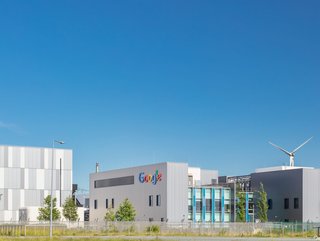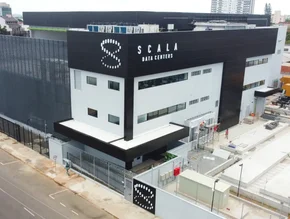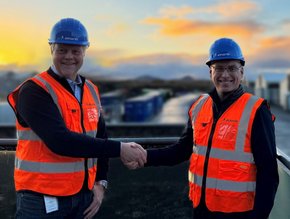Google’s watershed: Responsible data centre water use

Google has released a new framework for advancing responsible water use, as part of a commitment to supporting water security in communities where data centres operate.
Unveiled via a blog post and white paper, the guidelines build upon the company’s climate-conscious cooling strategy released last year (2022). Having been the first major cloud provider to transparently release annual site-level water consumption metrics for its US data centres, this new framework takes a “two-pronged” approach.
Focusing on both responsible use and composite risk, Google is aiming to seriously look at the water-related risks of every data centre campus it operates.
Liquid advances the sustainable data centre
This year (2023) has seen a surge in popularity for liquid cooling methods within the data centre, as it has been hailed as a more sustainable alternative to air cooling.
Using liquid cooling within data centre facilities has promised to not only improve energy efficiency, but also to redirect excess heat to other purposes, such as commercial or residential heating. Given the rising cost of energy, this in theory could be an appropriate solution.
With the data centre sector already being responsible for heavy usage of water, energy and land, many businesses have had to demonstrate self-regulation so as to be more sustainable. This also helps these enterprises keep their costs down and improve agility.
Google’s framework, devised in collaboration with industry-leading environmental scientists, hydrologists and water sustainability experts, provides an actionable and repeatable decision-making process for new data centres. It helps the company evaluate evolving water risks at existing sites with specificity so that it can understand watershed health at a hyperlocal level.
The results should inform Google data centres if a watershed’s risk level is high enough that the company should consider alternative solutions like reclaimed water or air-cooling technology, which uses minimal water but consumes more energy.
Here is an example of how Google is already helping to improve water usage worldwide.
Growing the digital economy in a responsible way
There are two main steps to assess water risk level for a data centre location, including evaluating responsible use. This consists of Google comparing both the current and future demand for water from both the community and the data centre. From this evaluation, Google states that it would also consider the recent water-level history compared to levels expected of a healthy watershed using flowstream and groundwater monitoring data, as well as whether the local water authority has rationed water use.
If a water source is considered to be high risk, Google will then pursue alternative sources or cooling solutions at the data centre campus itself.
Additionally, the framework measures composite risk, where Google will consider the feasibility of treating and delivering water to and from the data centre. It will also assess community access to water, regulatory risk, local sentiment and any climate trends that could affect future water supply, such as reduced rainfall or drought.
Working towards responsible water consumption, Google is setting a precedent for other data centre operators to consider the future of their cooling methods.
As the digital economy continues to expand, driven by digital transformations like AI and machine learning, the demand for data centres has never been higher. As a result, it is paramount for enterprises to find new ways to operate both efficiently and sustainably.
Competitor companies have also been trialling ways to source water sustainably. In particular, Amazon Web Services (AWS) announced in November 2023 that it is using purified wastewater to cool 20 of its data centres.
Google states in its white paper that it anticipates its data centres to use water for cooling effectively. As a result, the company’s energy consumption and carbon footprint hopes to decrease. It also remains committed to developing cooling solutions that will reduce water consumption within the data centre and will prioritise alternative water sources or cooling technologies to minimise freshwater impact.
******
Make sure you check out the latest edition of Data Centre Magazine and also sign up to our global conference series - Tech & AI LIVE 2024
******
Data Centre Magazine is a BizClik brand






